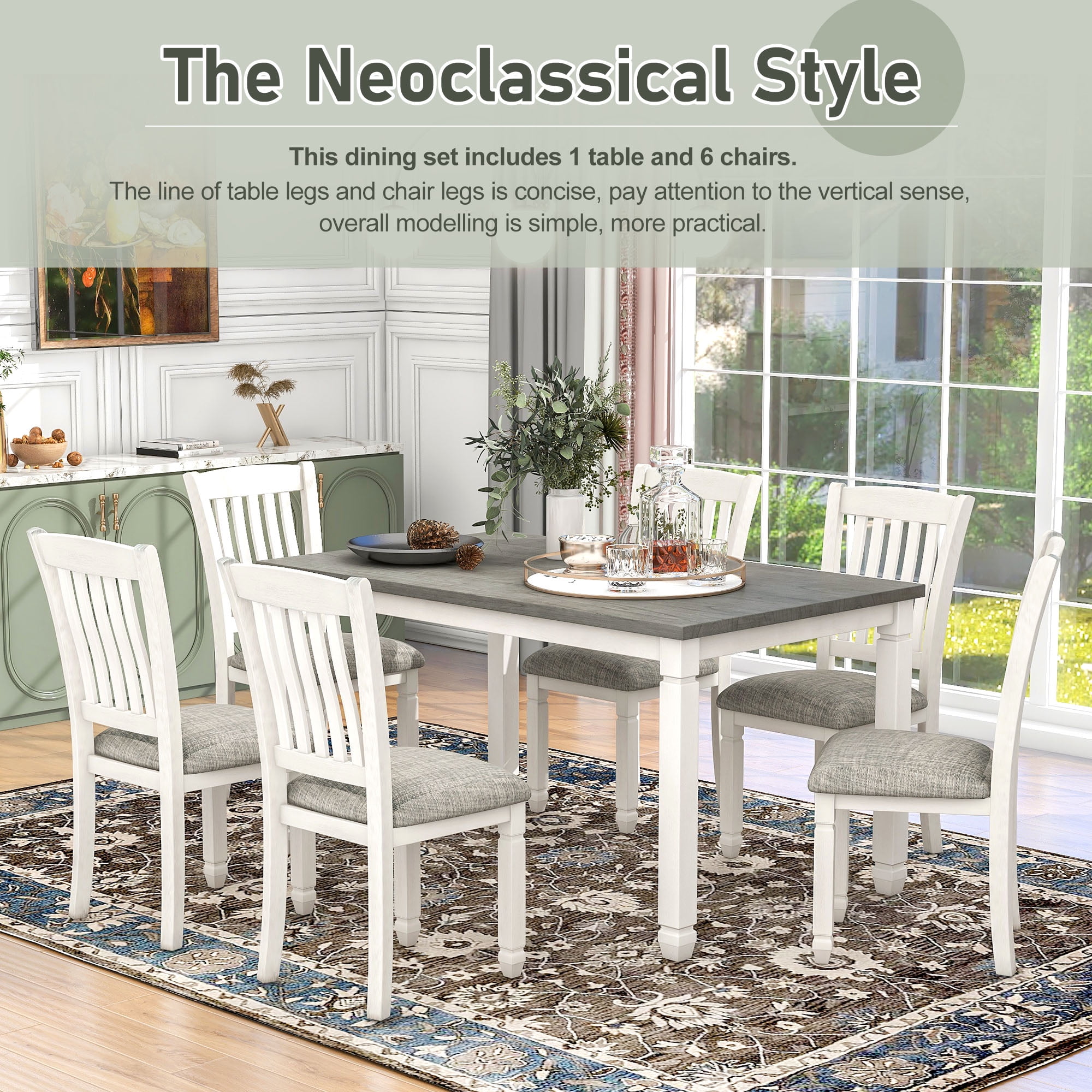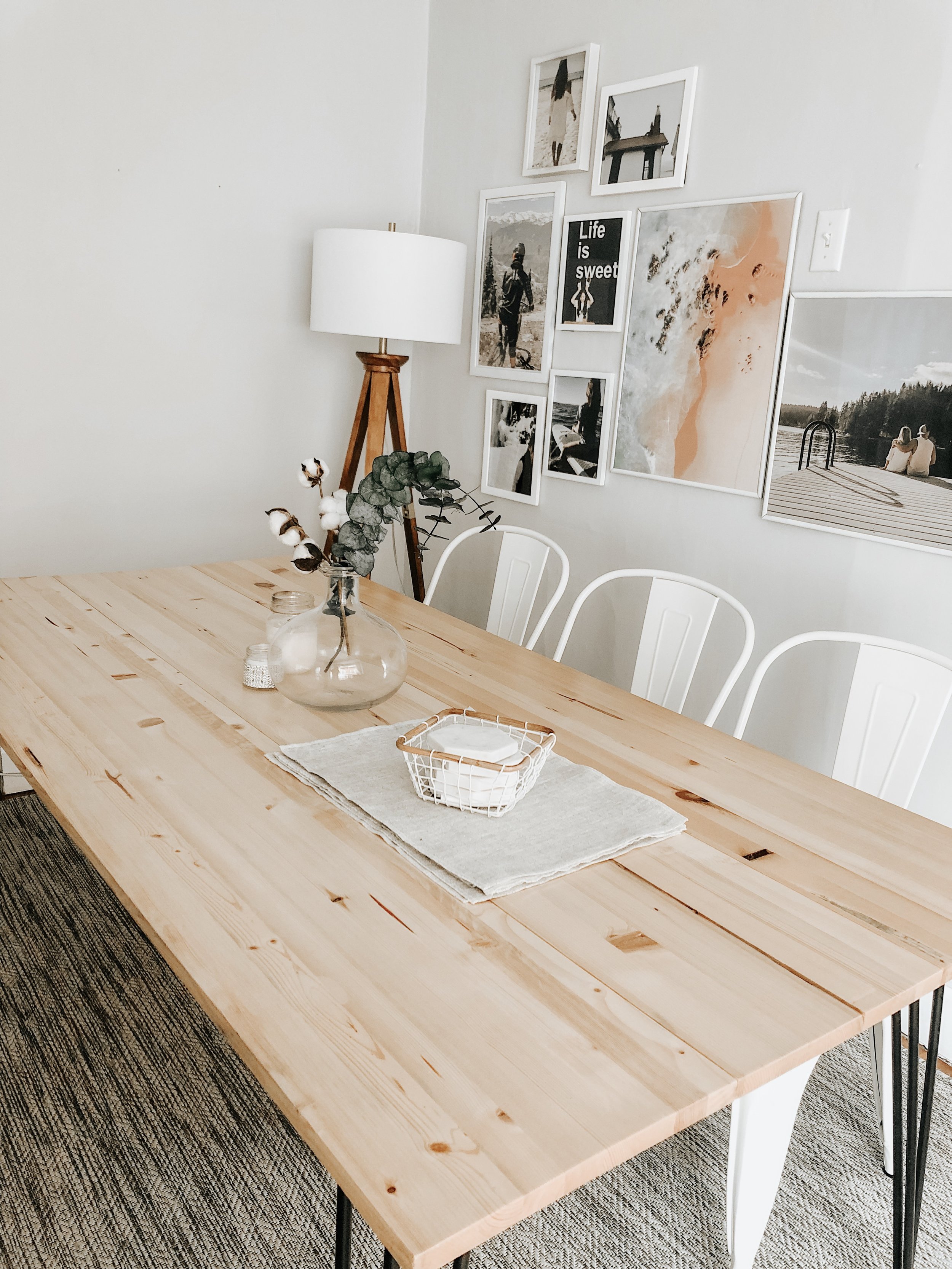Enhance Your Dining Room with Unique and Modern Dining Room Table Legs
Enhance Your Dining Room with Unique and Modern Dining Room Table Legs
Blog Article
From Typical to Modern: Find the Perfect Dining-room Table Legs for Your Style
While classic designs such as cabriole and turned legs stimulate a sense of timeless class, contemporary styles like hairpin and geometric alternatives present a possibility for striking aesthetic interest. As you consider these components, the concern remains: how can you seamlessly incorporate these varied leg designs to produce an unified eating experience?
Comprehending Table Leg Styles
The variety of dining area table leg designs can dramatically influence both the aesthetic appeals and capability of the room. Each leg style contributes distinct visual elements and sensible features, catering to diverse layout preferences and use needs. Recognizing these designs is crucial for choosing the right dining table that straightens with your total interior decoration vision.
For instance, conical legs offer a clean, traditional appearance that can boost an area's style, while stand bases supply security and make the most of legroom, making them perfect for smaller areas. Hairpin legs, a characteristic of mid-century contemporary style, present an industrial panache, enabling an airy, open feel. Similarly, trestle legs evoke rustic charm, giving robust assistance and a sense of timelessness.
Furthermore, the choice of products plays a significant role. Wood legs can bring warmth and appearance, whereas steel choices often convey a streamlined, modern ambiance. Ultimately, recognizing table leg designs is important for creating a cohesive dining area that shows individual style while making sure functionality and comfort. By thoughtfully taking into consideration these elements, you can boost both the visual and useful charm of your eating room.
Traditional Table Leg Options
When picking dining-room table legs, typical choices often embody ageless beauty and craftsmanship. These layouts mirror a rich heritage and a dedication to high quality, making them ideal for those that appreciate timeless aesthetic appeals.
Among the most famous standard leg styles is the cabriole leg, characterized by its graceful bent form. This layout typically features ornamental carvings and is most frequently found in Queen Anne and Chippendale furnishings. Another preferred alternative is the turned leg, which boasts a series of smooth, rounded shapes that provide a classic look while preserving stability.
Additionally, the straight leg, while straightforward, uses a durable and basic structure that can blend seamlessly with a variety of tabletop designs. For those drawn to ornate detailing, claw-and-ball feet legs evoke a feeling of majesty and can act as a stunning focal factor in any type of dining space.
Last but not least, stand bases, although not purely legs, offer a different typical alternative that permits enough legroom and can be beautifully sculpted. Each of these standard leg designs contributes to the overall atmosphere of an eating space, weding feature with aesthetic allure.

Modern Table Leg Styles
Modern table leg designs supply a diverse series of designs that emphasize clean lines and innovative products. These layouts usually prioritize capability while functioning as striking prime focus within an eating space. Minimalist appearances are widespread, with legs crafted from products such as steel, glass, and engineered timber, which add to a ventilated and modern feel.
One prominent layout is the hairpin leg, identified by its slender, tapered framework that gives security without frustrating the table top (dining room table legs). This design is commonly found in mid-century modern furnishings and can easily match numerous table shapes. One more pattern is using geometric shapes, where legs may handle angular or unbalanced forms, adding visual interest and a touch of artistry

Mixing Styles for One-of-a-kind Rooms
Typically, home owners look for to produce special eating spaces that reflect their personal design by blending different layout elements. This method allows for the unification of varied appearances, resulting in a harmonious yet distinct atmosphere. Combining a rustic wooden table Full Report with streamlined, modern-day steel legs can create an attractive comparison that elevates the space's general charm.
Additionally, integrating vintage table legs with contemporary tabletops can stimulate a feeling of background while maintaining a contemporary perceptiveness. Such mixes not only display private preference but also motivate creative thinking, enabling house owners to curate a room that feels both individual and inviting.
Color plays a critical duty in this blending procedure; picking table legs that complement or contrast with the existing color system can improve aesthetic rate of interest. Whitewashed legs can soften the daring of a dark table surface, creating a well balanced aesthetic.
Tips for Picking the Right Legs
Picking the right table legs is important for accomplishing both performance and aesthetic charm in your dining space. Begin by considering the general style of your space. Typical settings take advantage of legs that feature complex makings or turned styles, while modern spaces may require streamlined, minimalist styles.
Following, examine the height and security of the legs. dining room table legs. Standard dining tables vary in between 28 to 30 inches in height, so make sure the legs match this dimension for convenience. Furthermore, robust products, such as wood or steel, can improve security and durability
Examine the leg form as well-- alternatives include straight, tapered, or stand styles. Straight legs offer a timeless appearance, while conical legs can include a touch of beauty. Pedestal bases offer enough legroom and are suitable for smaller rooms.
Conclusion
In summary, picking the perfect dining-room table legs calls for careful consideration of both standard and modern-day designs. Standard choices such as cabriole and Full Article transformed legs use timeless elegance, while modern-day layouts like barrette and geometric forms supply a modern touch. By balancing leg design, height, and product with the total design, a cohesive and inviting environment can be attained. Eventually, the selected table legs should reflect the wanted aesthetic, enhancing the eating experience within the area.
The selection of eating area table leg designs can considerably influence both the aesthetic appeals and functionality of the room. Eventually, comprehending table leg designs is vital for producing a natural dining location that shows individual design while guaranteeing practicality and convenience.One of the most renowned typical leg styles is the cabriole leg, characterized by its graceful rounded form. Straight legs use a traditional look, while conical legs can include a touch of beauty.In recap, choosing the ideal eating area table legs needs cautious factor to consider of both standard and modern-day designs.
Report this page